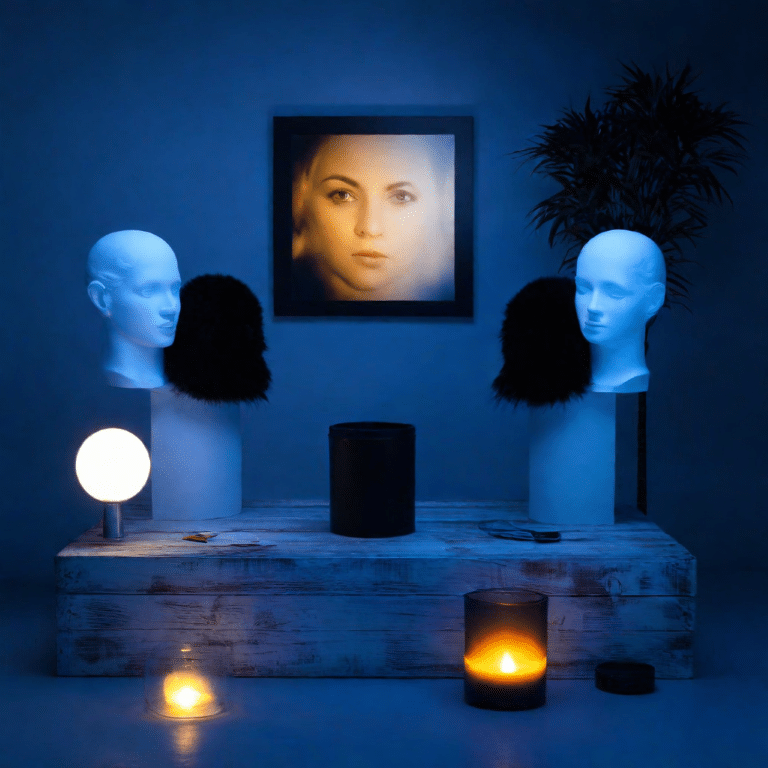Lighting is a crucial element in real estate photography that can make or break the quality and appeal of your images. As a Bangkok photographer specializing in this field, mastering the art of lighting is essential for creating stunning, impactful photos that showcase properties in their best light and attract potential buyers or renters.
Natural Light: Your Best Friend
One of the most important aspects of lighting in real estate photography is leveraging natural light to your advantage. Whenever possible, schedule your shoots during the day when the sun is providing ample, soft light through the windows. This will help you create bright, inviting images that highlight the best features of the property.
When working with natural light, pay attention to the direction and quality of the light at different times of day. Aim for a balanced, even exposure throughout the space, and avoid harsh shadows or overly bright hotspots. If necessary, use sheer curtains or blinds to diffuse the light and create a more flattering, natural-looking ambiance.
Artificial Light: Your Secret Weapon
While natural light is ideal, there will be times when you need to supplement or replace it with artificial light sources. This is especially true when photographing interior spaces with limited windows or during night shoots for exterior photos.
When using artificial light, consider the color temperature and intensity of the light sources you choose. Aim for a warm, inviting tone that complements the natural light and enhances the features of the space. Avoid using too many conflicting light sources, as this can create unnatural-looking color casts or shadows.
Some essential artificial light sources for real estate photography include:
- Off-camera flashes or strobes for adding fill light or highlighting specific features
- Continuous LED lights for providing a constant, adjustable light source
- Light stands and modifiers (such as softboxes or umbrellas) for shaping and diffusing the light
Balancing Light for a Natural Look
The key to creating stunning real estate photos is finding the right balance between natural and artificial light. This involves carefully observing the existing light in the space and then using your artificial light sources to fill in shadows, highlight key features, and create a cohesive, natural-looking ambiance.
One technique for balancing light is to use a combination of ambient and flash exposure. Start by setting your camera’s exposure for the ambient light in the room, then add in your flash or strobe to fill in shadows and provide additional illumination where needed. Experiment with different flash power settings and positions to find the most flattering and natural-looking balance.
Emphasizing Mood and Atmosphere
In addition to providing functional illumination, lighting can also be used to create a specific mood or atmosphere in your real estate photos. By carefully controlling the direction, intensity, and color of your light sources, you can emphasize the unique character and style of a property and help potential buyers or renters imagine themselves living in the space.
For example, using soft, warm light can create a cozy, inviting feel that’s perfect for showcasing a comfortable living room or bedroom. On the other hand, bright, crisp light can help emphasize the modern, sleek lines of a contemporary kitchen or bathroom.
Lighting for Exterior Photos
When it comes to exterior real estate photos, lighting is just as important as it is for interiors. The best time to shoot exterior photos is typically during the “golden hour” just after sunrise or before sunset, when the light is soft, warm, and flattering.
If shooting during the day, look for opportunities to use the sun as a backlight or sidelight to add depth and dimension to your photos. Avoid shooting in harsh, direct sunlight, as this can create unflattering shadows and highlights.
For night shots or twilight photos, use a combination of ambient light from the sky and artificial light from the property’s exterior lighting or added light sources. Experiment with long exposures and different white balance settings to capture the perfect balance of warm and cool tones.
Continuous Learning and Experimentation
As with any aspect of real estate photography, mastering lighting requires continuous learning and experimentation. Attend workshops, read tutorials, and study the work of other successful Bangkok photographers to learn new techniques and stay up-to-date with the latest trends and technologies.
Don’t be afraid to try out different lighting setups and experiment with new ideas on your shoots. The more you practice and refine your techniques, the more confident and skilled you’ll become in creating stunning, impactful real estate photos that showcase properties in their best light.
Conclusion
Lighting is a critical element in real estate photography that can have a huge impact on the quality, appeal, and effectiveness of your images. By mastering the art of balancing natural and artificial light, creating flattering and inviting ambiances, and emphasizing the unique character and style of each property, you can set yourself apart as a skilled and sought-after Bangkok photographer in this competitive field.
Remember to continually learn, experiment, and refine your techniques, and always strive to create images that not only showcase the best features of a property but also evoke an emotional response and connection with potential buyers or renters. With the right lighting skills and techniques, you can take your real estate photography to the next level and build a thriving, successful business in this exciting and dynamic field.


